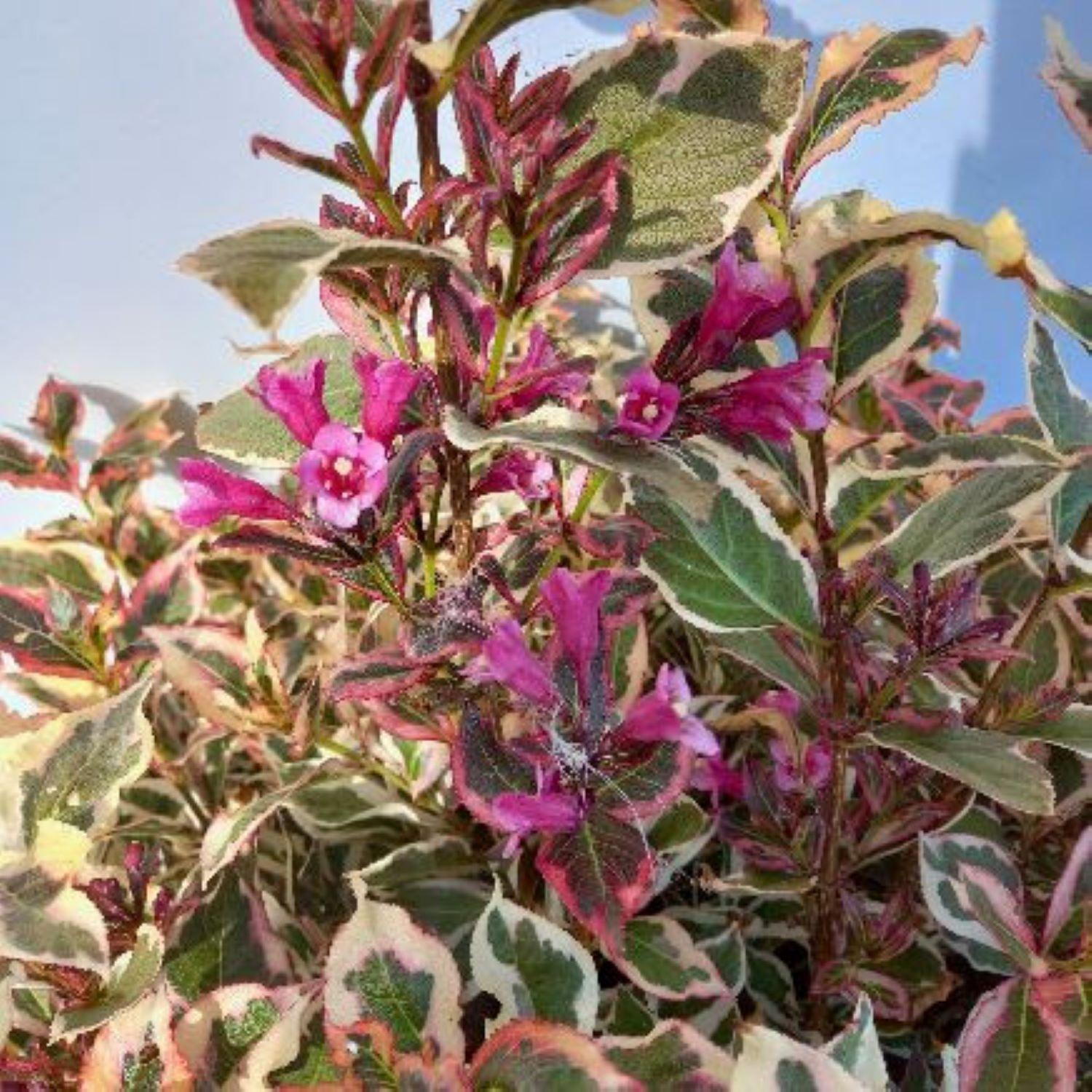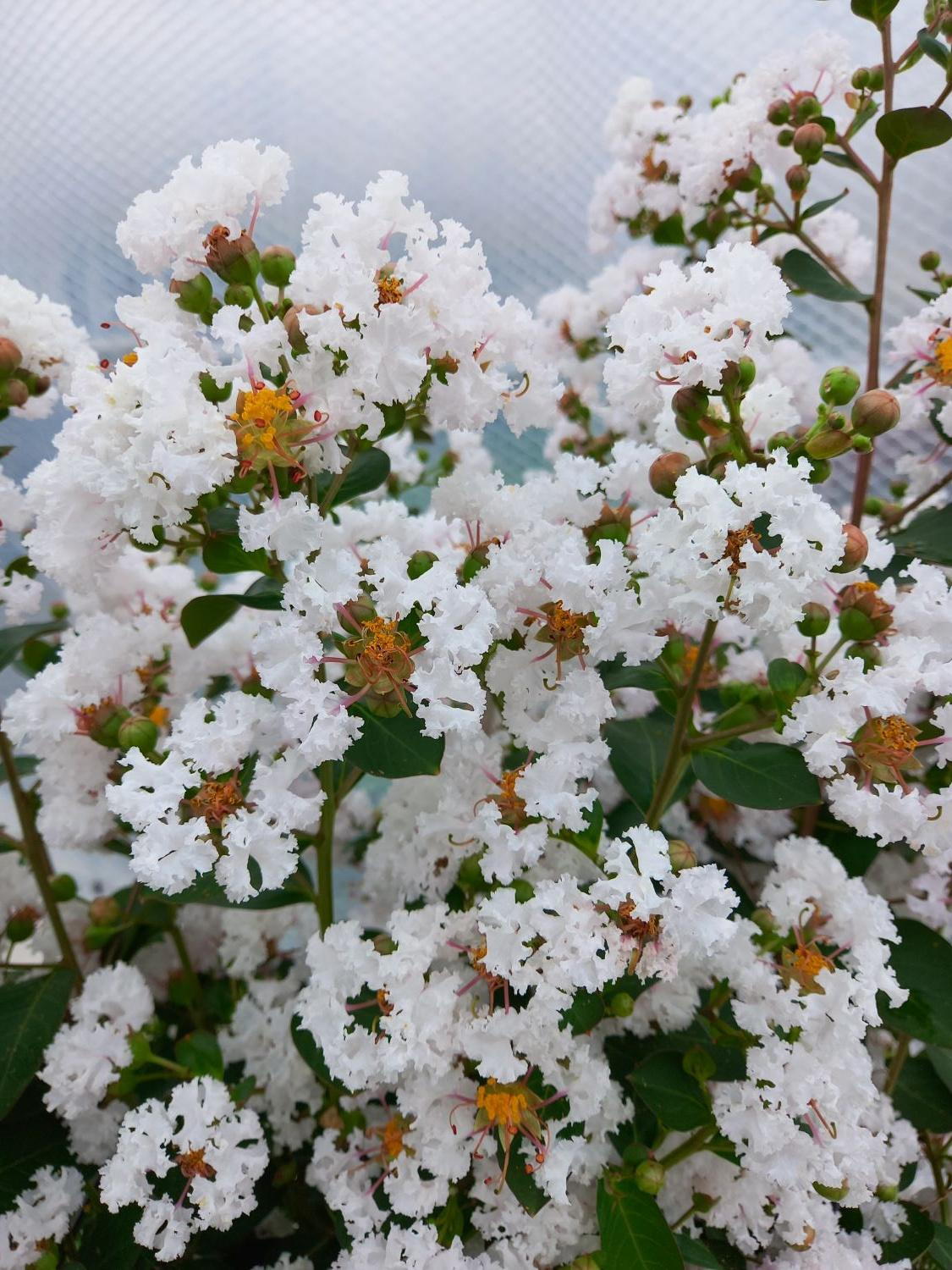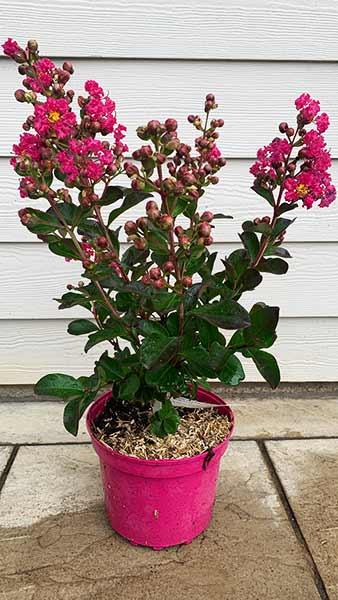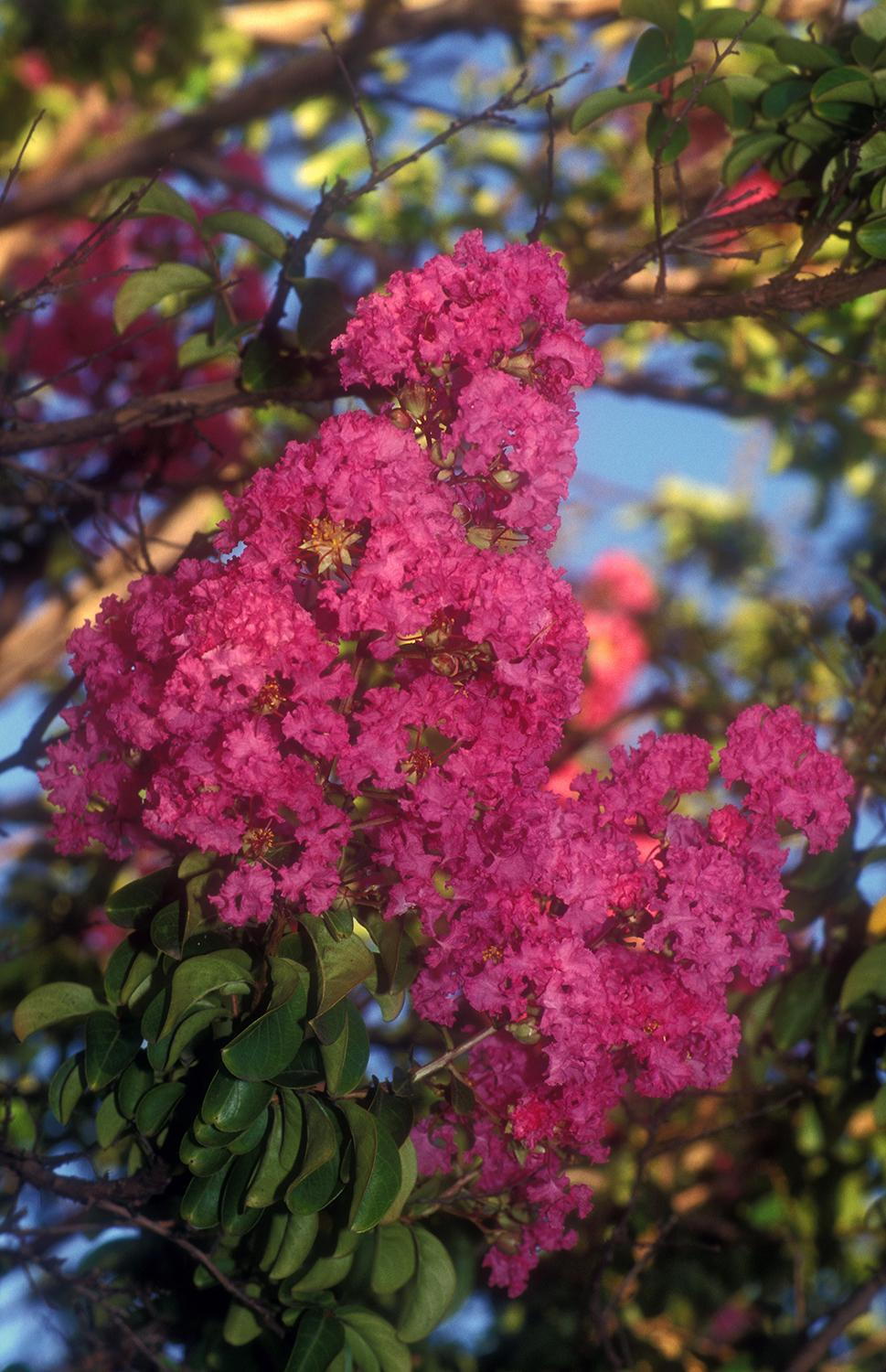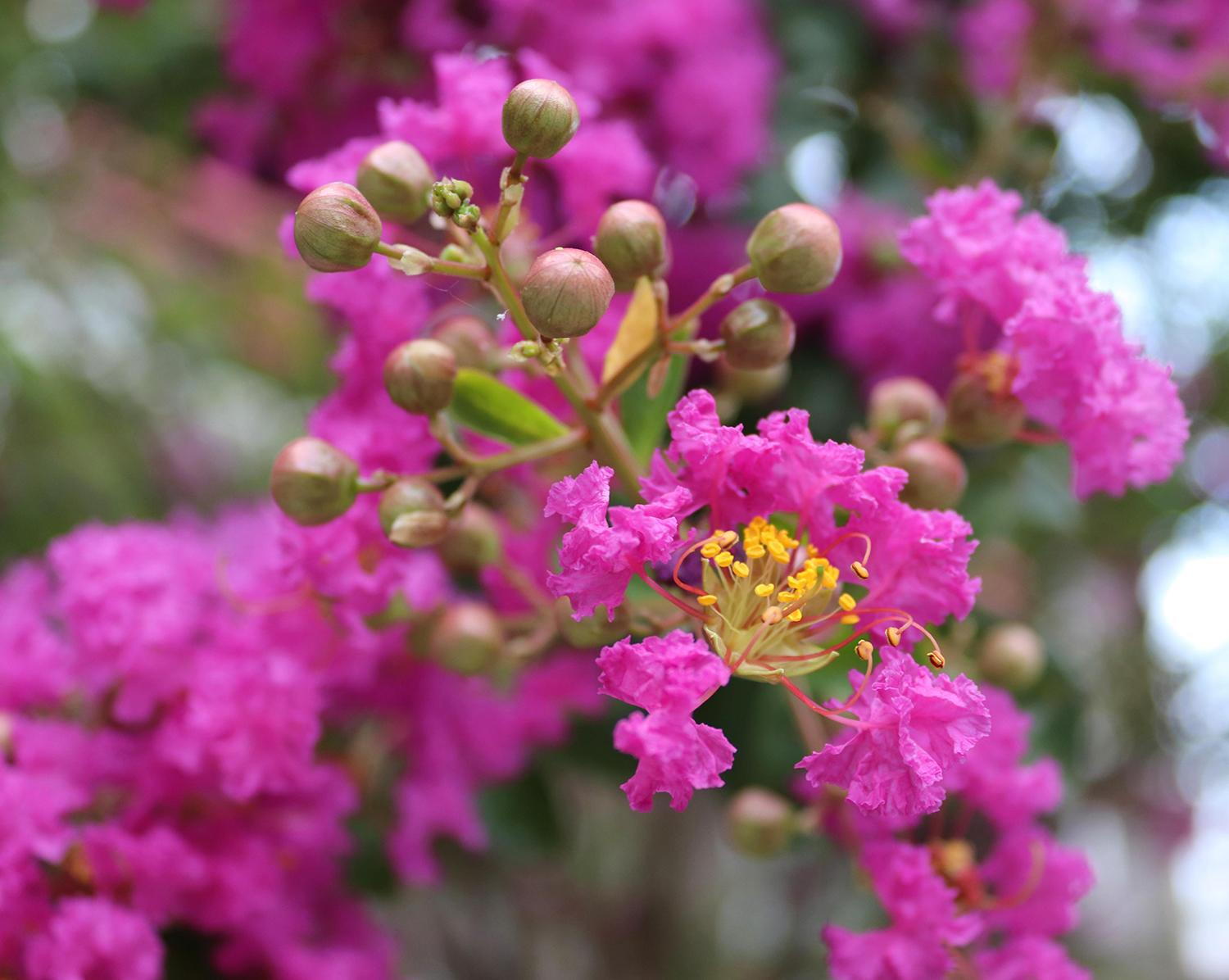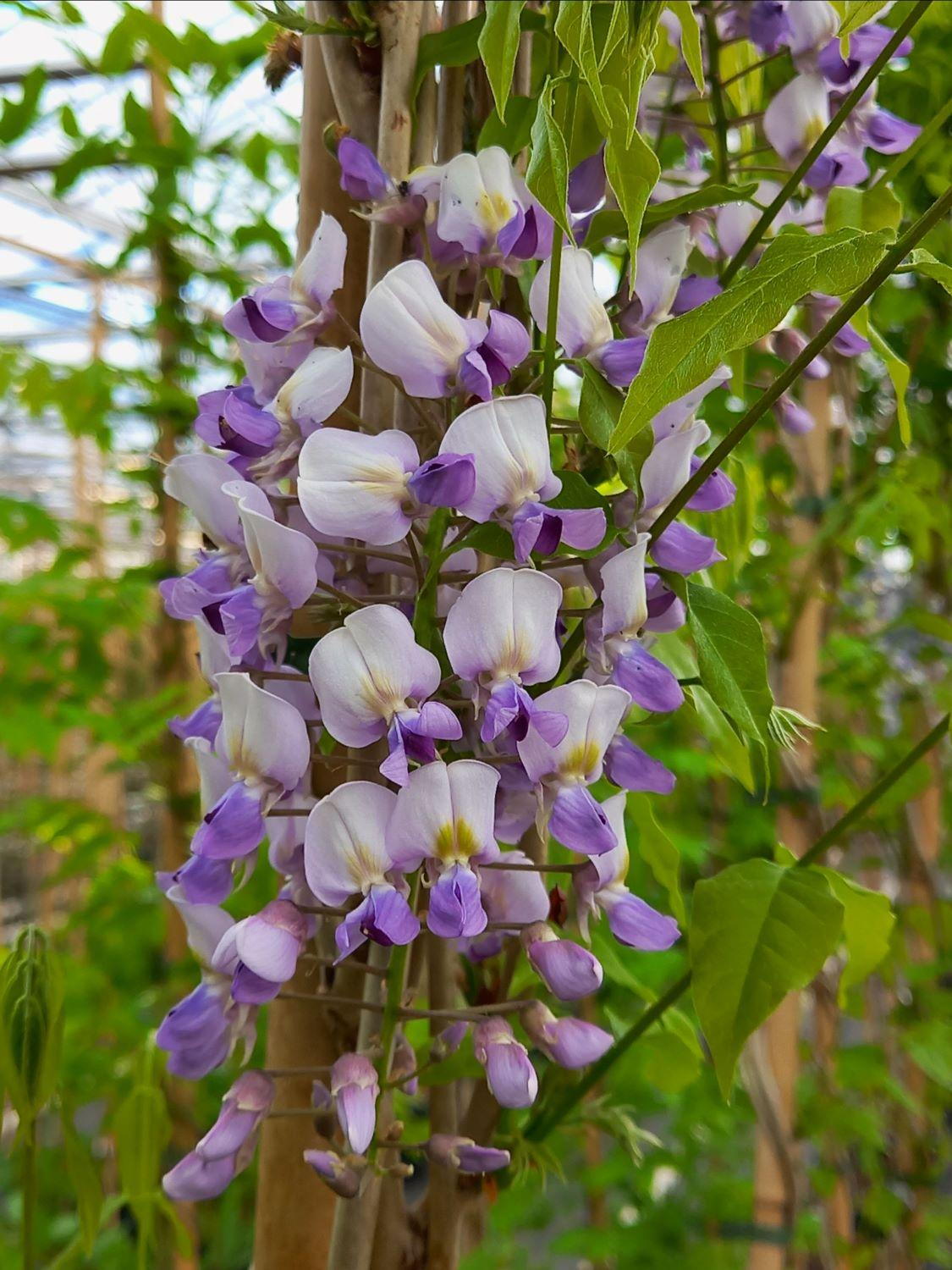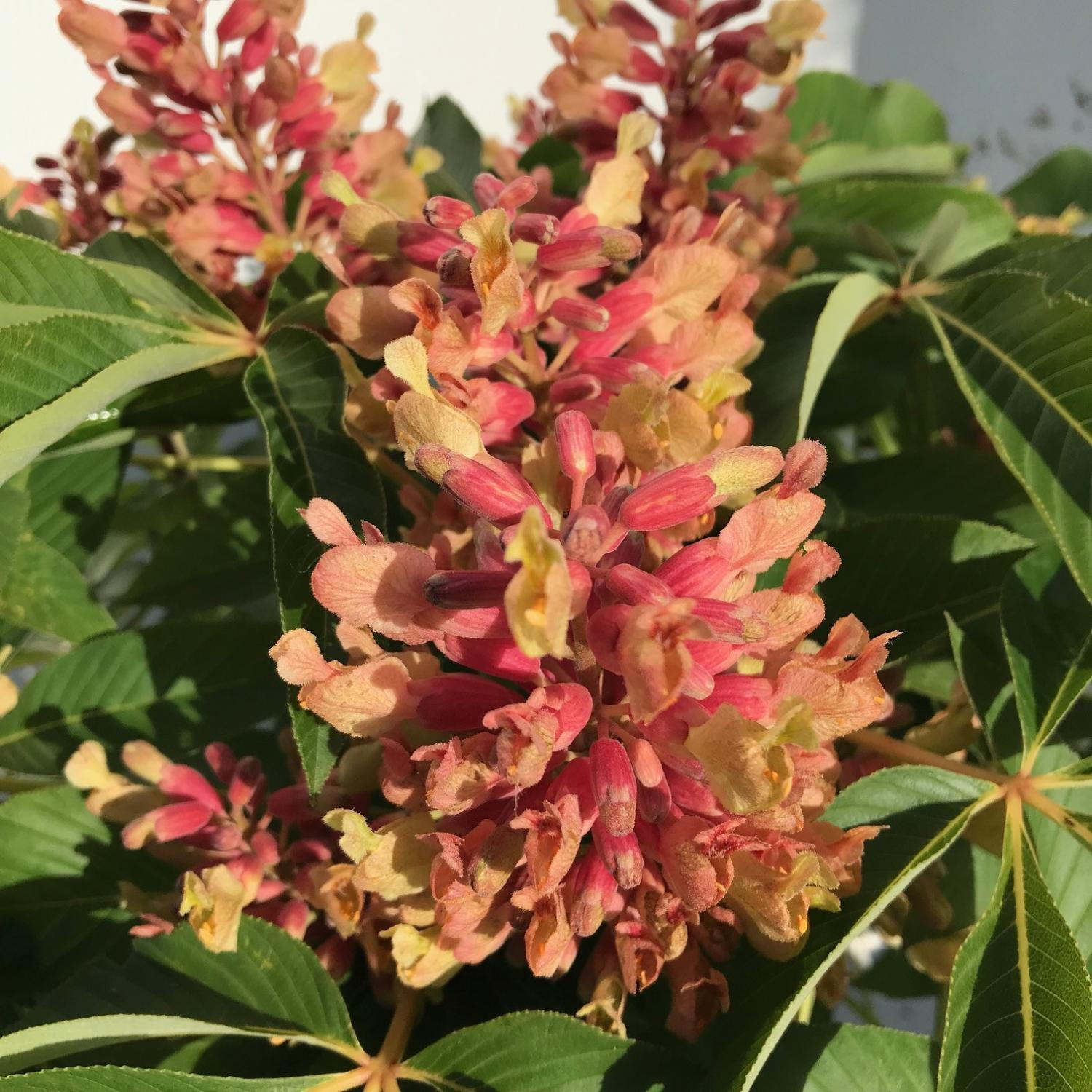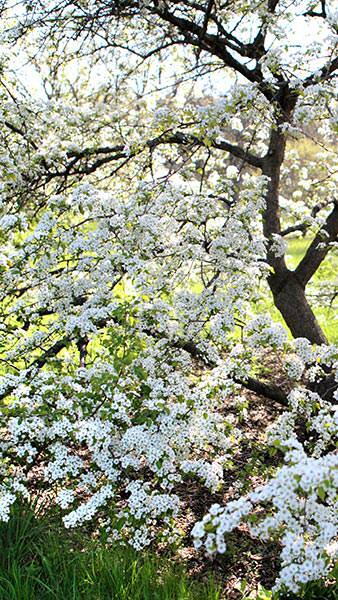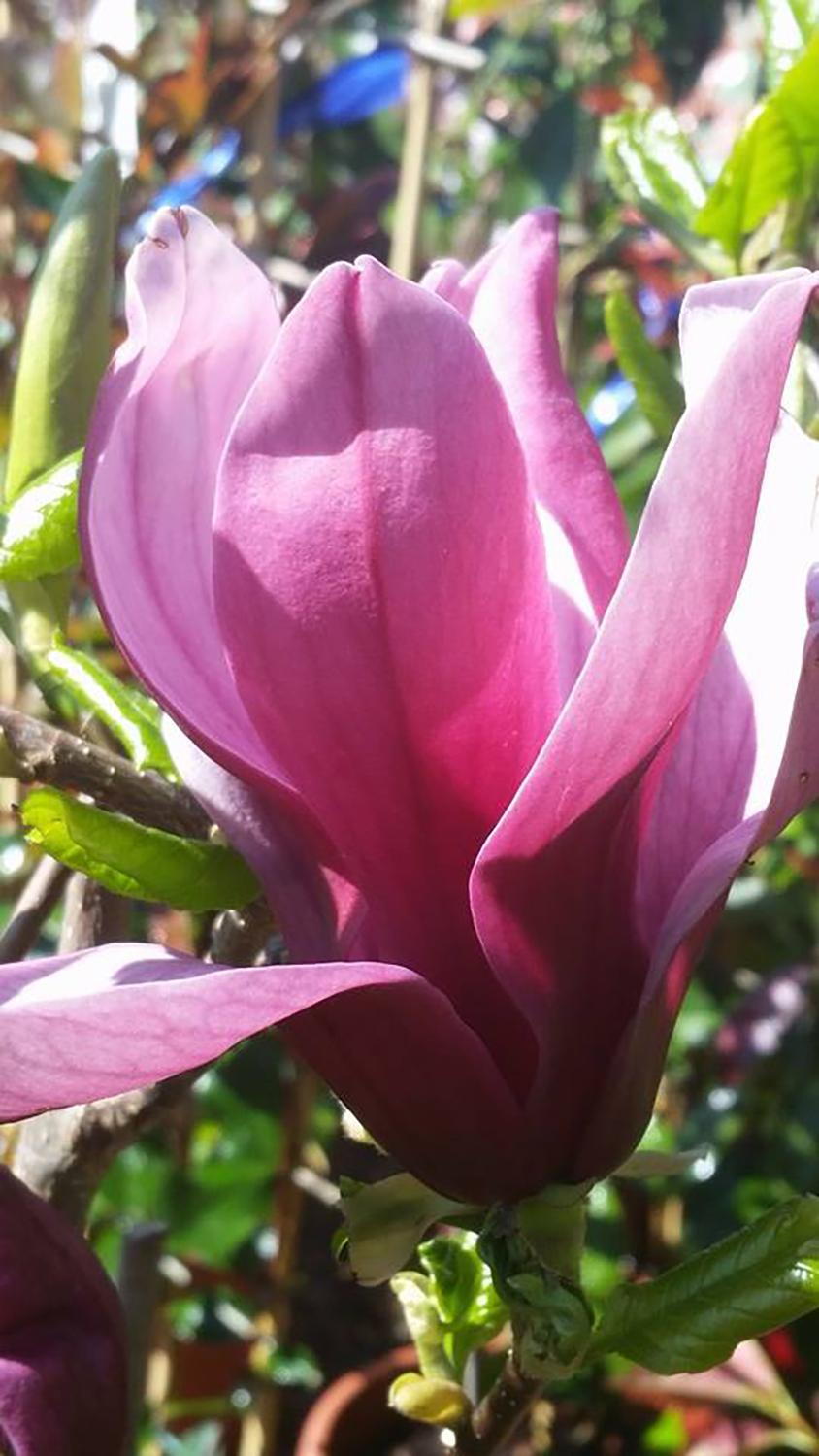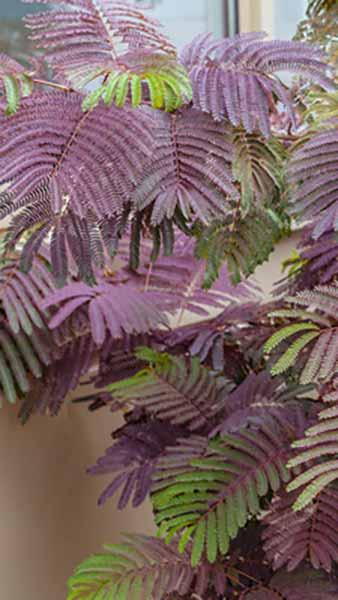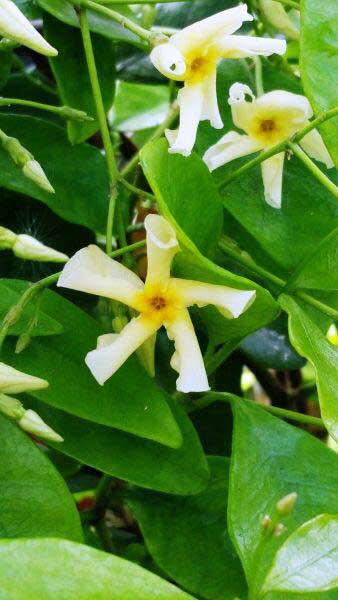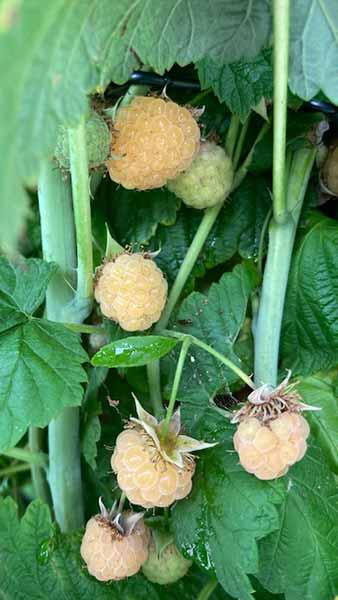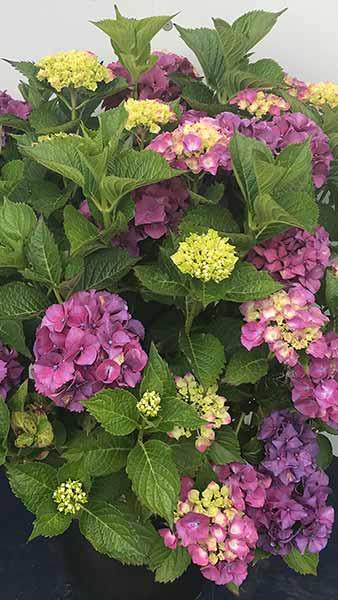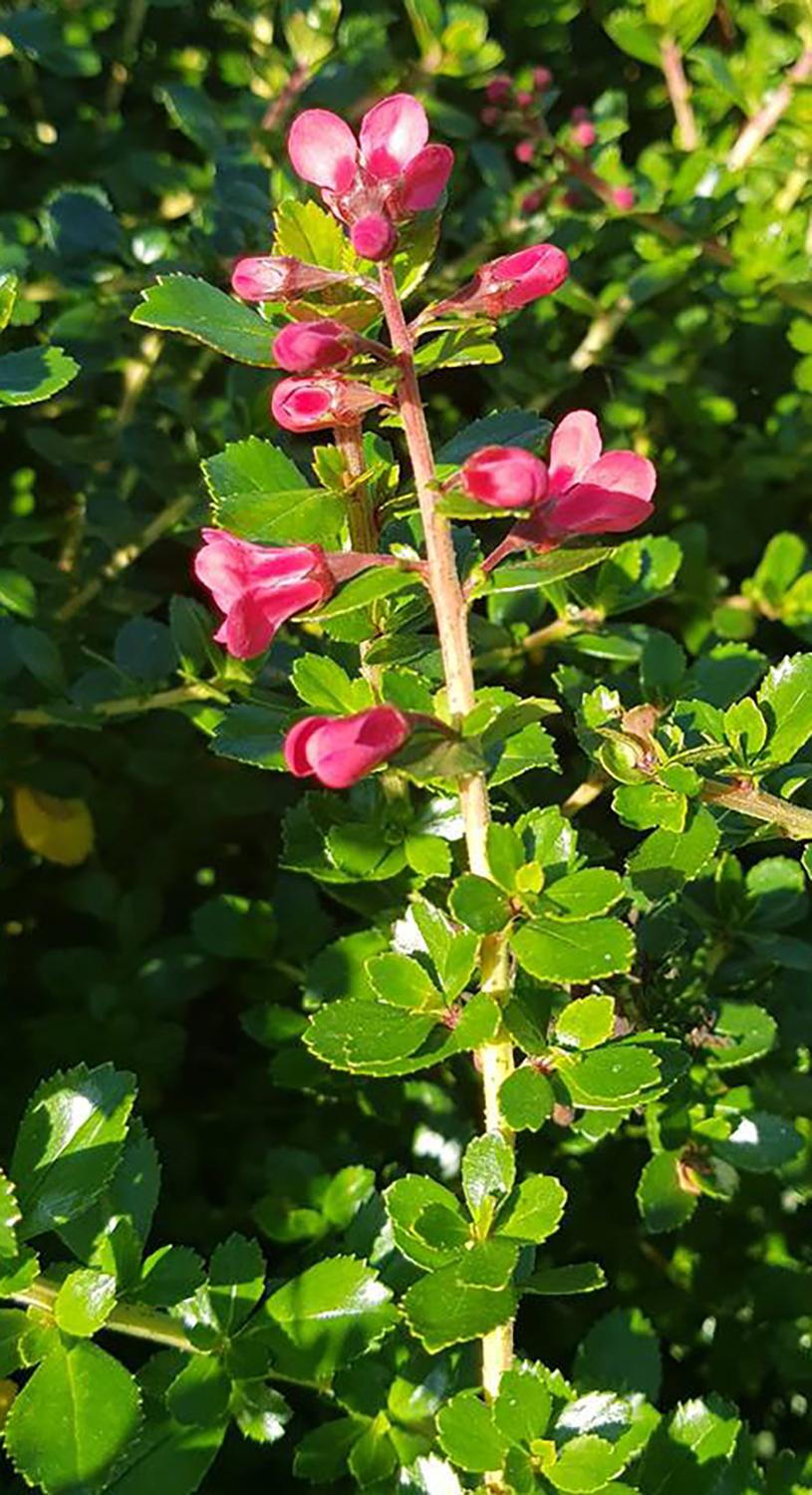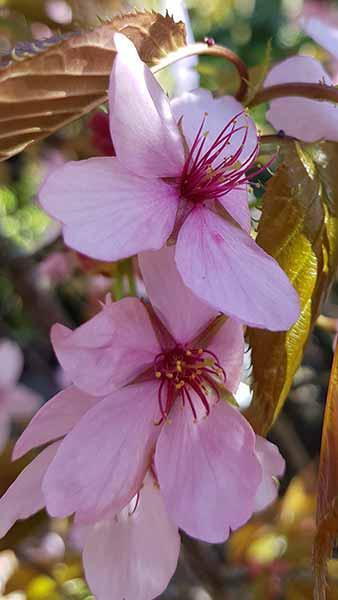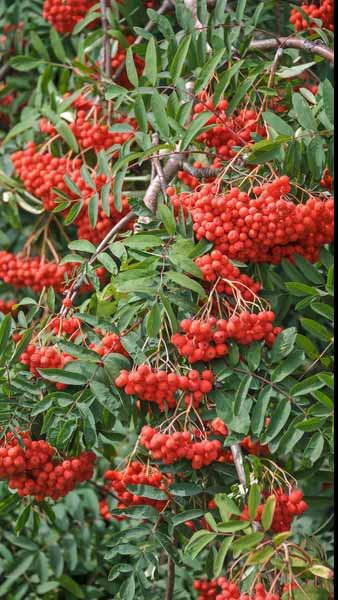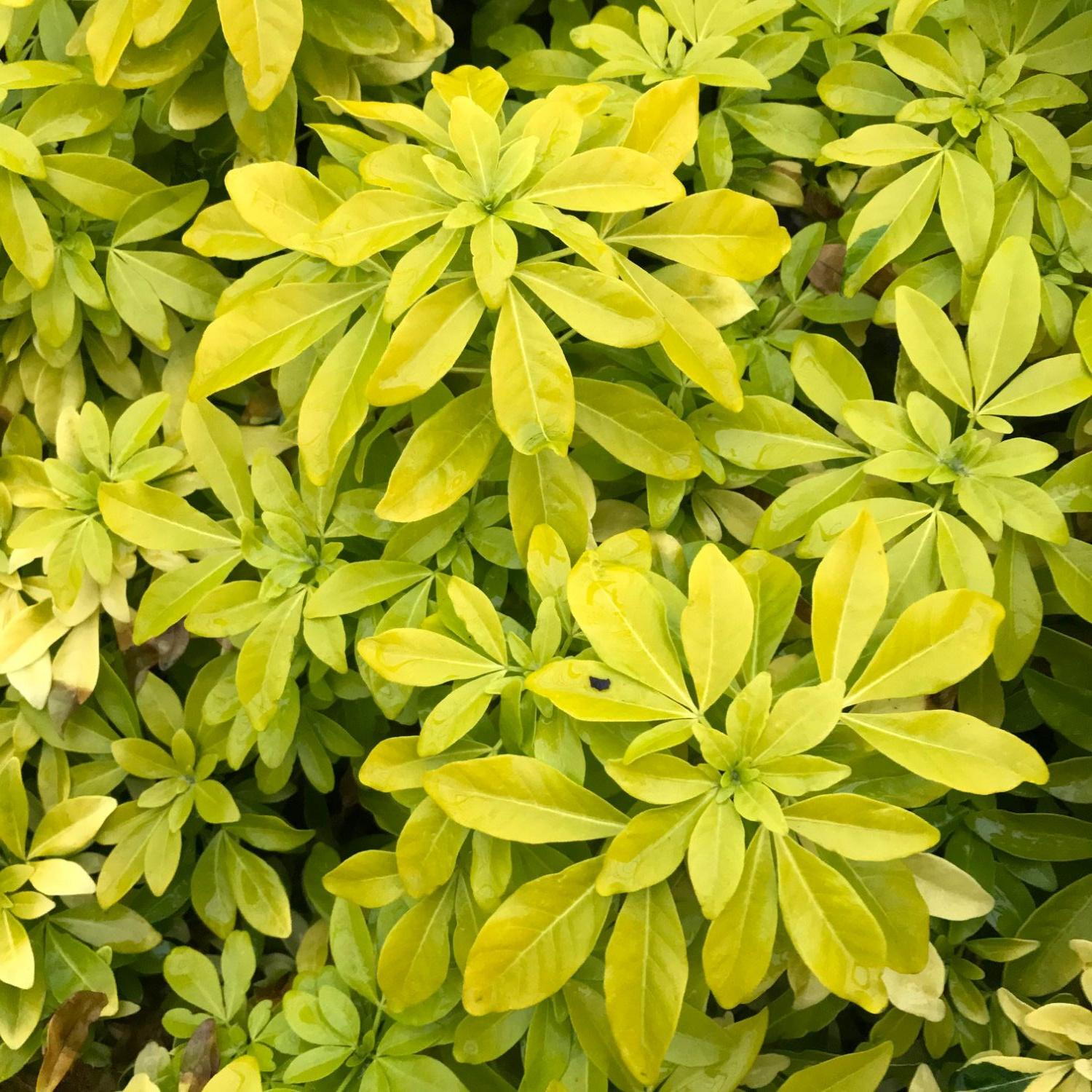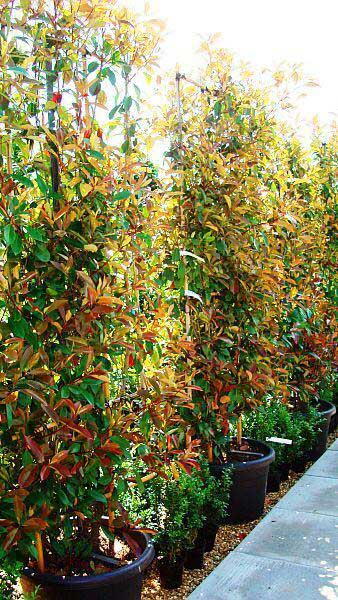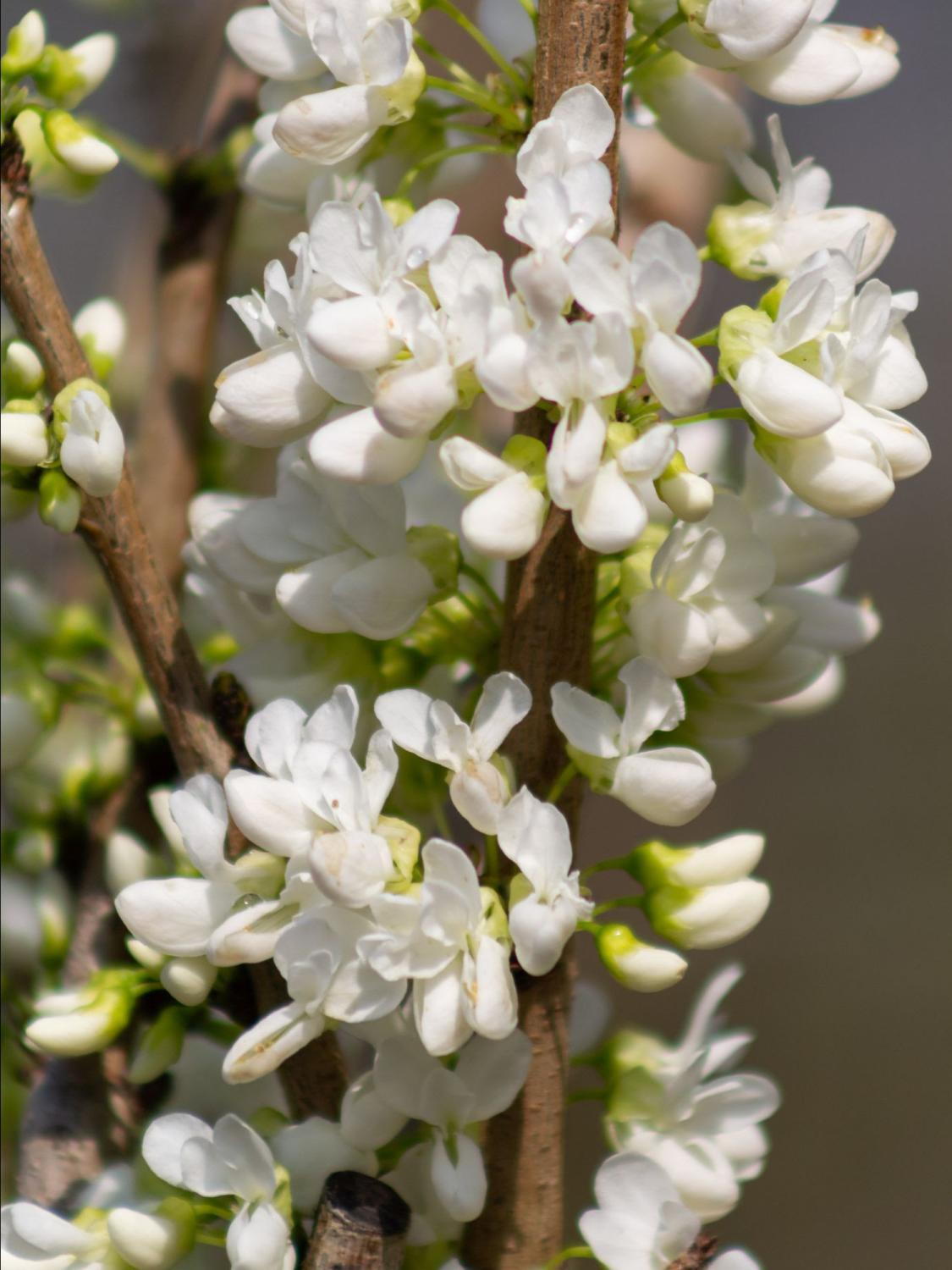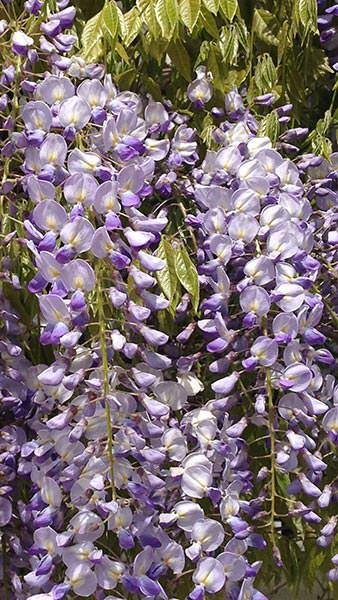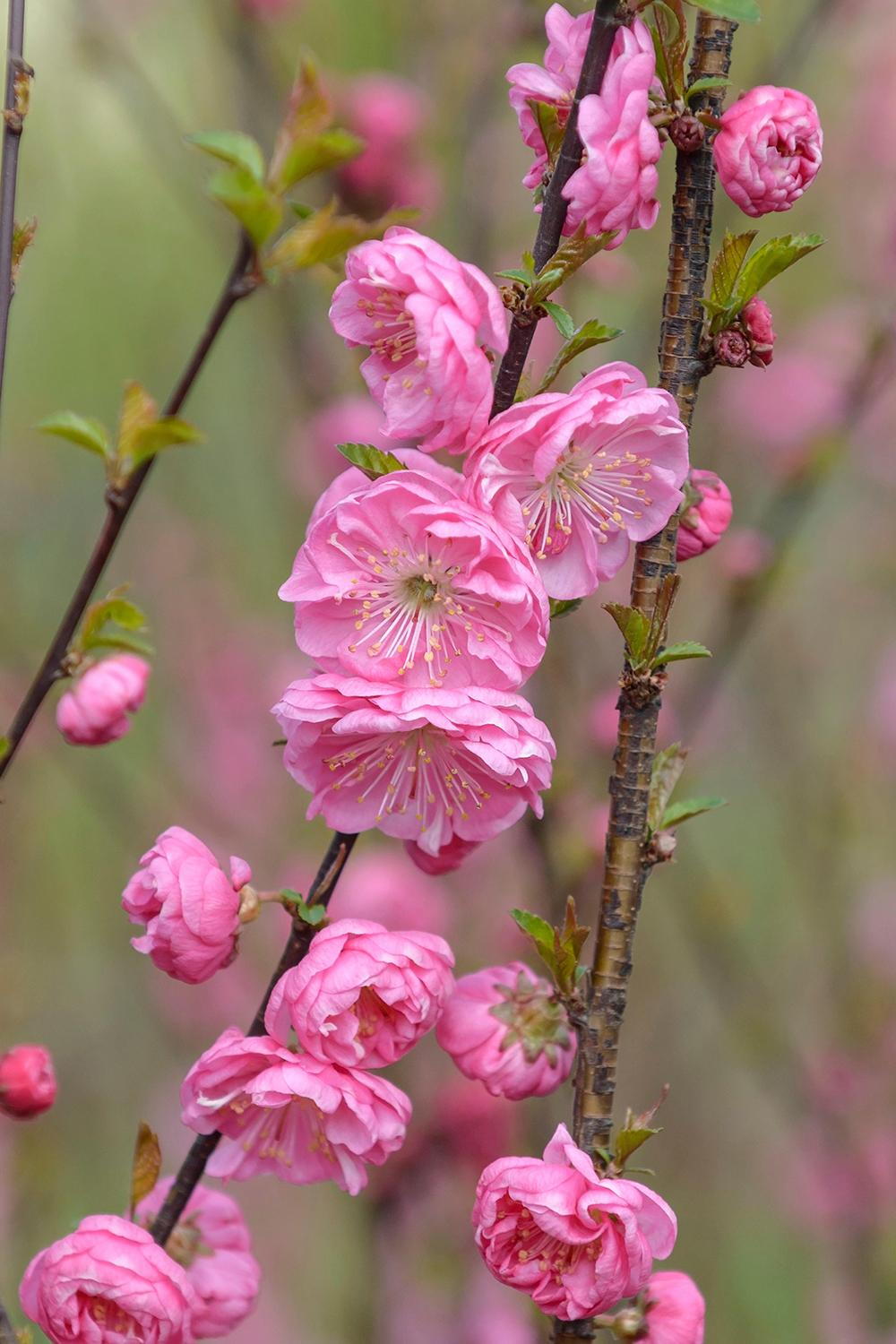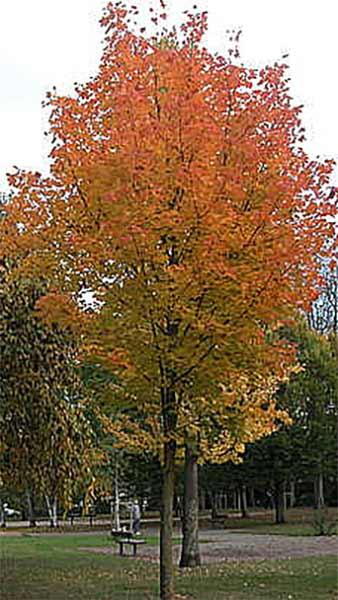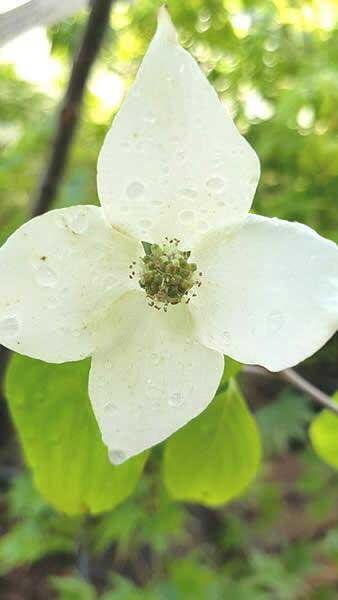Prunus sargentii Sargents Cherry Japanese Ornamental Cherry
Prunus sargentii or Sargent’s cherry is one of the loveliest of Japanese ornamental cherries, and has been a favourite of UK gardeners for over a century. Its beautiful spring blooms and attractive fall foliage make it an excellent choice for your garden!Native to Korea, Japan and Russia, this cherry variety has hardy qualities and is a reliable performer in the UK garden. Sargent’s cherry’s delicate blossoms emerge in mid-April, covering the branches in a shower of fresh pink. The leaves which then unfurl have a bronze tint, creating a lovely contrast with the pink petals. The leaves turn to green in summer, and the flowers are followed with small, inconspicuous fruits which, while too bitter to be edible, will attract birds to your garden. In early autumn, the leaves turn a bright red, creating a colour show to rival its spring blossoms in beauty. In winter, the spreading, graceful shape of the crown, and Prunus sargentii’s unusually smooth and shiny cinnamon-brown bark, add interest to the landscape. Prunus sargentii is reliably winter-hardy throughout the UK, growing to a final height of over 12 metres and spread of 8 metres over 20 to 50 years. Its eventual size should be taken into account when selecting a spot. It needs little pruning. Sargent’s cherry should be planted in full sun in a sheltered or exposed position, but will tolerate all soil types and ph ranges. Prunus sargentii is a popular plant for landscaping, and with good reason. One tree planted in a medium-sized garden will create a stunning show of blossom in the spring, and then serve as a shade tree in the summer months, before its blaze of autumn colour lights up the garden again. In a larger lawn it makes an excellent specimen planting with its year-round appeal for passers-by.On a larger country property, there are many landscaping opportunities for the Prunus sargentii. Plant a group of them in a parkland for a beautiful spring and autumn display, and in summer enjoy a seating area in the shade they cast, or plant a woodland garden to wind about their roots. Flowering cherries are excellent trees to line an avenue or roadway, and Sargent’s cherry is no exception. Its spring flowers and summer and autumn foliage provide season-long interest. Prunus sargentii has many qualities to appeal to the UK gardener. Its reliable hardiness, beautiful blooms and attractive foliage are all good reasons to include it in your landscape plans!
